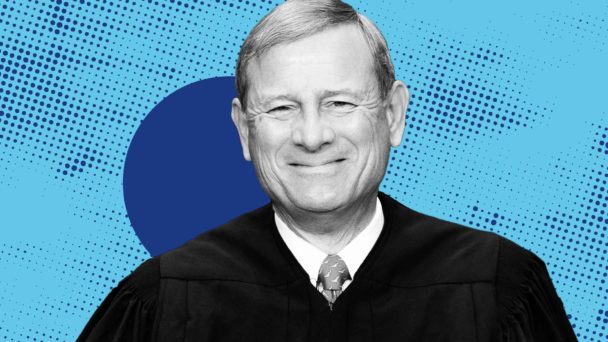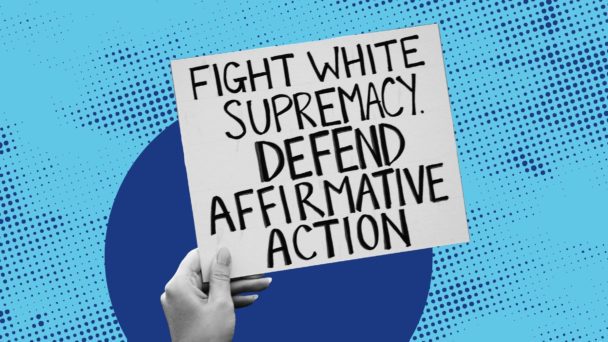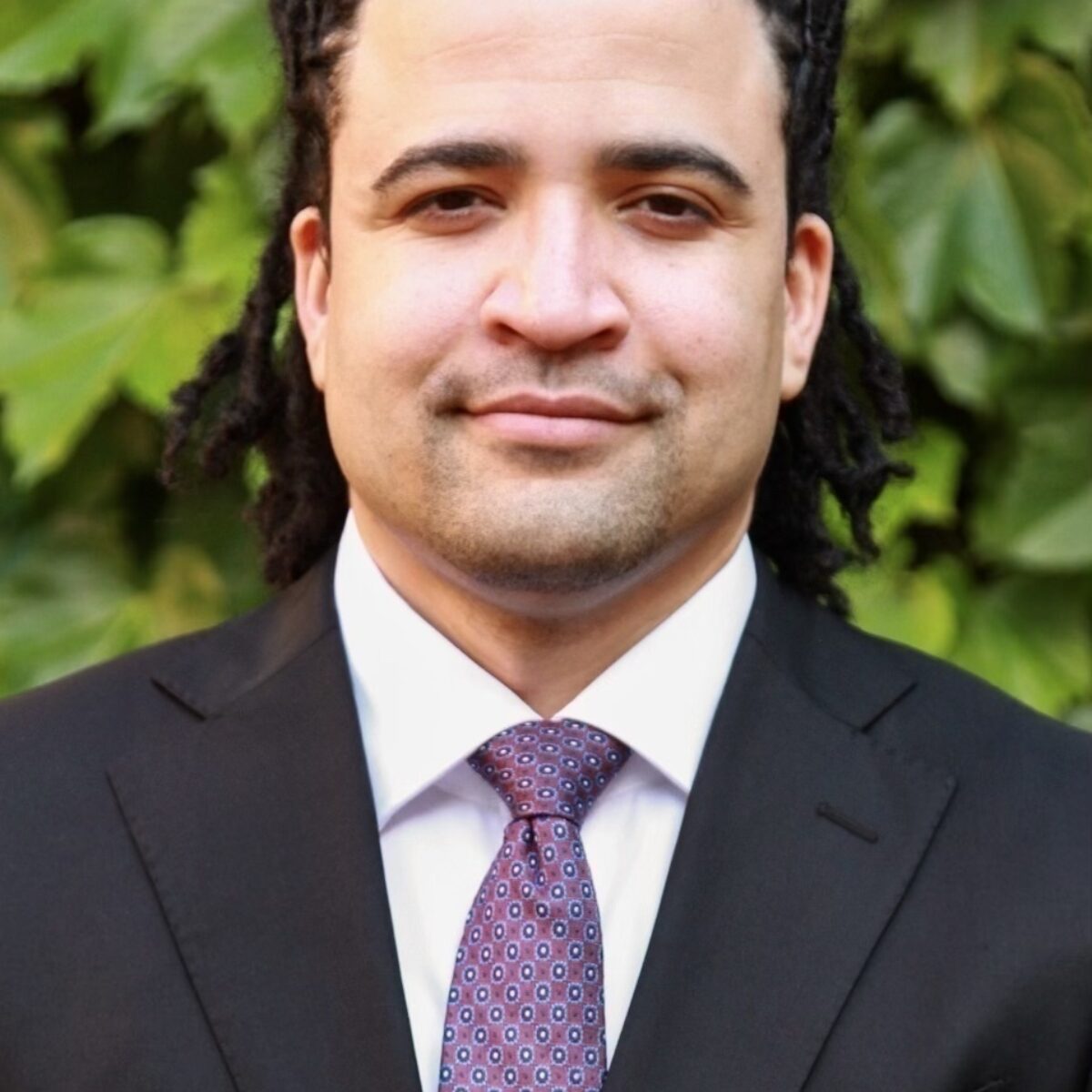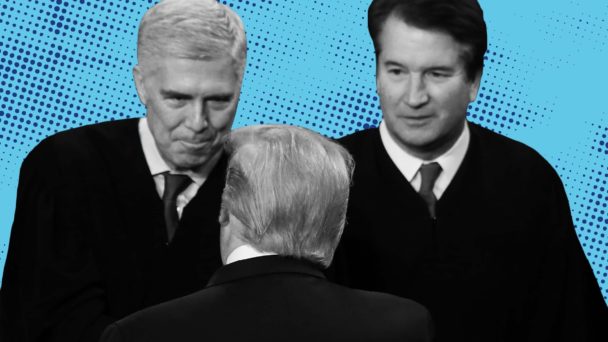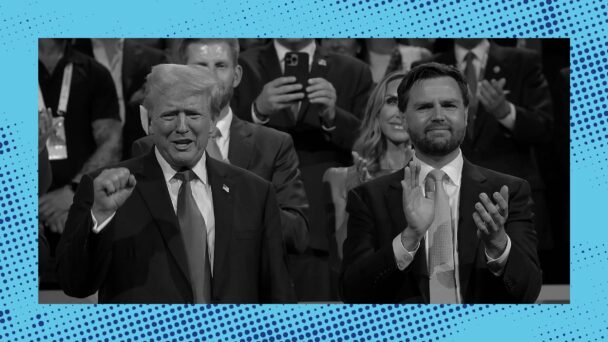In the wake of the Supreme Court’s 2023 decision in Students for Fair Admissions v. Harvard, in which the six conservative justices barred the consideration of race in college admissions, conservative activists have developed a new legal strategy: leveraging the post-SFFA climate to challenge facially neutral, class-based policies that seek to remedy longstanding educational inequities. Across the country, schools and universities are now getting sued not for using race—but for trying not to.
Last week, activists filed two new challenges to policies that they deem insufficiently friendly to straight white men. In Boston, the Pacific Legal Foundation—a conservative law firm best known for targeting affirmative action—filed suit against the city’s exam school admissions policy, which allocates seats across ZIP codes based on neighborhood income levels to promote geographic and socioeconomic balance. The plaintiffs, the Boston Parent Coalition for Academic Excellence—a group that previously sued over the district’s ZIP code-based admissions policy—claim the tiered system is a racial proxy designed to reduce the number of white students admitted to these competitive schools. Because this system yields greater racial diversity than prior approaches, they argue, it must be unconstitutional.
Around the same time, in Baltimore, the conservative group America First Legal, which was founded by Trump adviser Stephen Miller in 2021, filed a Title VI complaint against Johns Hopkins University over its tuition-free medical school program for students from families earning under $300,000—a move made possible by a $1 billion gift from Bloomberg Philanthropies. America First Legal seizes on the university’s stated goal of increasing “socioeconomic diversity,” casting it as a backdoor attempt at racial engineering: Citing Census data on racial wealth gaps, the complaint asserts that the tuition-free program “masks racial preferences behind income thresholds.”
The legal attacks unfolding in Boston and Baltimore reflect a strategic escalation in the conservative war on inclusive democracy. The goal is no longer merely to dismantle affirmative action, but to reframe even facially neutral measures—those tied to income, ZIP code, or opportunity—as constitutionally suspect. At the core of this effort lies a distorted theory of equal protection: that a policymaker’s general awareness of racial disparities, or the existence of racially uneven outcomes, transforms lawful governance into unconstitutional discrimination.
Neither the Equal Protection Clause nor the case law interpreting it supports this inversion. If left unchecked, this strategy risks transforming equal protection into a tool for preserving existing racial and socioeconomic hierarchies, punishing even racial-neutral efforts to expand opportunity while shielding exclusionary structures from scrutiny. That’s not what the Supreme Court has held, and it’s certainly not what the Constitution requires.
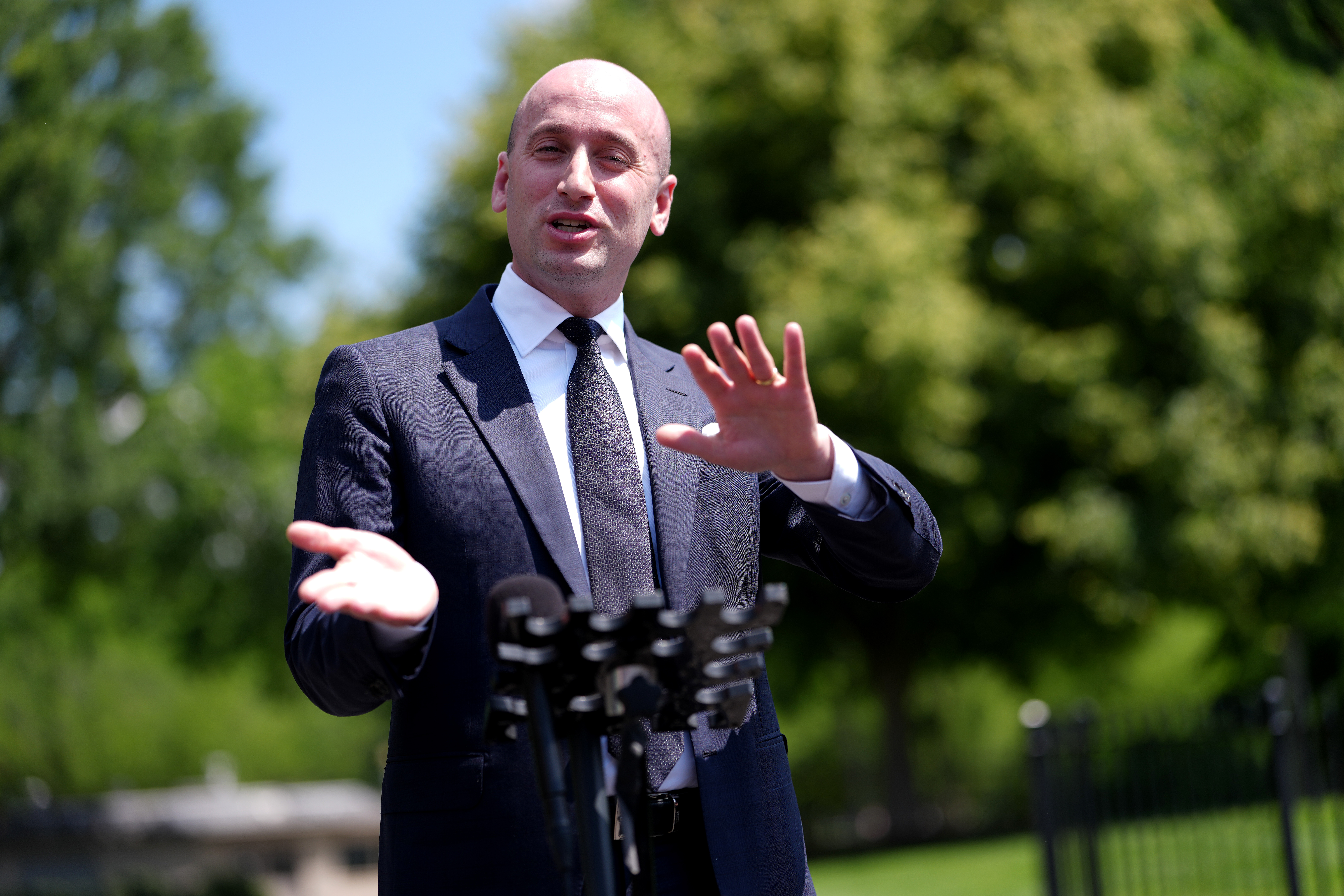
(Photo by Kevin Dietsch/Getty Images)
In Students For Fair Admissions, the Court made clear that institutions may not consider an applicant’s race as a factor in deciding who receives access to selective educational opportunities. But it also explicitly preserved institutions’ ability to use facially neutral criteria—like income, geography, or personal adversity—to pursue broadly inclusive outcomes. “[A]s all parties agree,” Chief Justice John Roberts wrote, “nothing in this opinion should be construed as prohibiting universities from considering an applicant’s discussion of how race affected his or her life, be it through discrimination, inspiration, or otherwise.”
In other words, under Students For Fair Admissions, universities can no longer treat race as a formal category in admissions decisions. But they may still consider students’ lived experiences with race—so long as those experiences relate to personal attributes or contributions that admissions offices evaluate, such as resilience, leadership, or intellectual curiosity. The decision thus left intact the constitutional space for policies that seek to expand access and foster more diverse educational environments through facially neutral means.
Students For Fair Admissions did not mark the first time the Court embraced this principle; for nearly five decades, the justices have rejected the notion that a policy is unconstitutional merely because it leads to different outcomes across racial groups. In Washington v. Davis, a landmark 1976 decision, the Court made clear that “we have not held that a law, neutral on its face…is invalid under the Equal Protection Clause simply because it may affect a greater proportion of one race than of another.” The following year, in Village of Arlington Heights v. Metropolitan Housing Development Corporation, the Court reiterated that “official action will not be held unconstitutional solely because it results in a racially disproportionate impact.” And in 1979, in Personnel Administrator v. Feeney, the Court reaffirmed that “purposeful discrimination is the condition that offends the Constitution”—underscoring that even a government’s awareness of disparate impact, standing alone, does not establish unconstitutional intent.
This narrowing of fairness also clashes with the controlling opinion in Parents Involved v. Seattle, the 2007 case in which the Court struck down voluntary integration plans that assigned students to schools based, in part, on their race. Writing separately, Justice Anthony Kennedy rejected the plurality’s ban on diversity goals and affirmed that schools may respond to racial isolation with race-neutral strategies, like site selection or drawing attendance zones. “The aspiration to achieve a diverse student population,” he wrote, “is not constitutionally impermissible.”
Though formally a concurrence, Kennedy’s opinion in Parents Involved supplied the fifth and deciding vote, and has since guided how courts interpret equal protection in this context. It underscores that facially neutral, inclusive policies do not automatically trigger strict scrutiny so long as they avoid classifying individuals by race.
The legal campaign that has taken shape since the Court’s decision in Students For Fair Admissions seeks to destabilize this deeply rooted equal protection principle. Even modest shifts in racial composition are now framed as evidence of unlawful intent, particularly when they disrupt durable patterns of advantage. The result is a quiet but consequential reframing of constitutional harm—one that elevates perceived injuries over the real and enduring barriers to opportunity faced by marginalized students.
If courts adopt this theory, equal protection will no longer function as a shield for the vulnerable—it will serve instead to further entrench advantages enjoyed by the privileged. And the implications would verge on the absurd. If the Court were to deem tuition subsidies for low-income students constitutionally suspect simply because they may yield incidental benefits for Black and brown families, then—by the same logic—charging tuition should raise similar concerns, since the burdens fall disproportionately on those same communities. This line of reasoning operates asymmetrically: It casts suspicion on facially neutral policies that promote inclusion, while remaining silent on those that have long excluded.
The result is a narrowing of the very concept of fairness. If even race-neutral, broadly inclusive policies are legally suspect, the Equal Protection Clause is no longer protecting substantive equality—it is preventing it. If this political project succeeds, it won’t be because inclusive policies defy the Fourteenth Amendment’s promise, born of Black struggle and designed to dismantle racial subjugation. It will be because these inclusive policies disrupt the social hierarchy that the conservative legal movement seeks to preserve.

